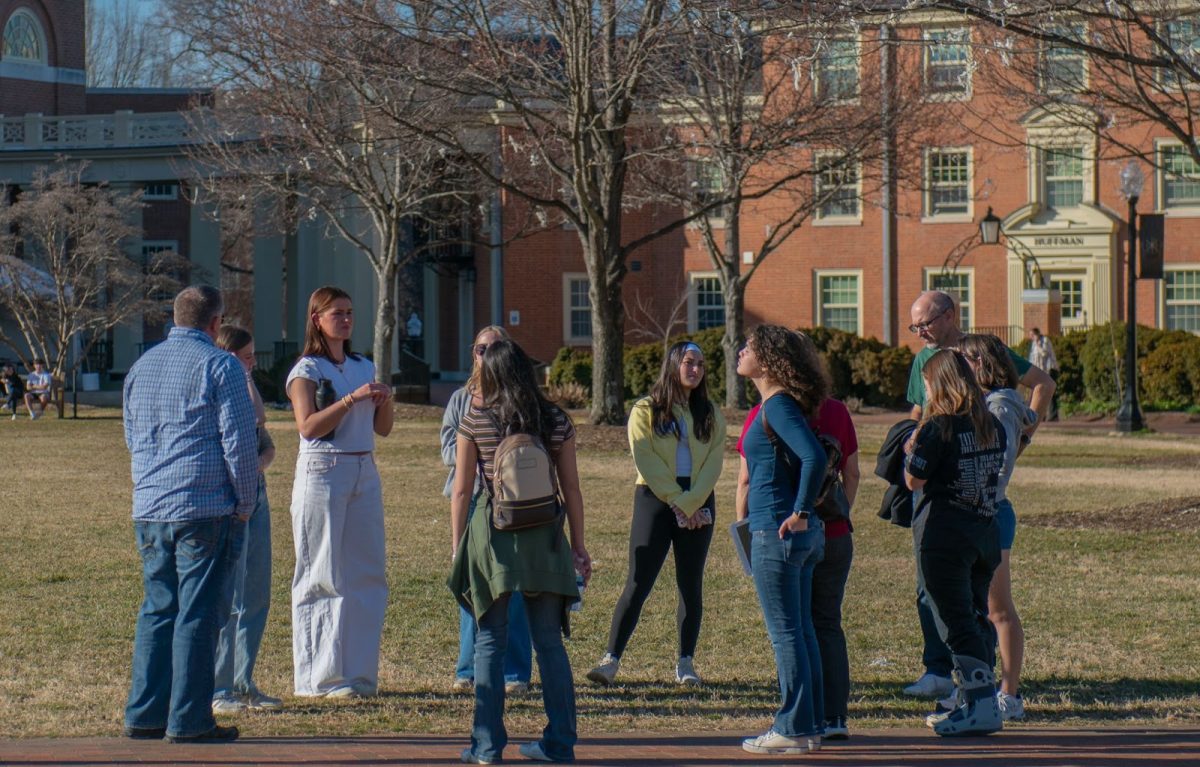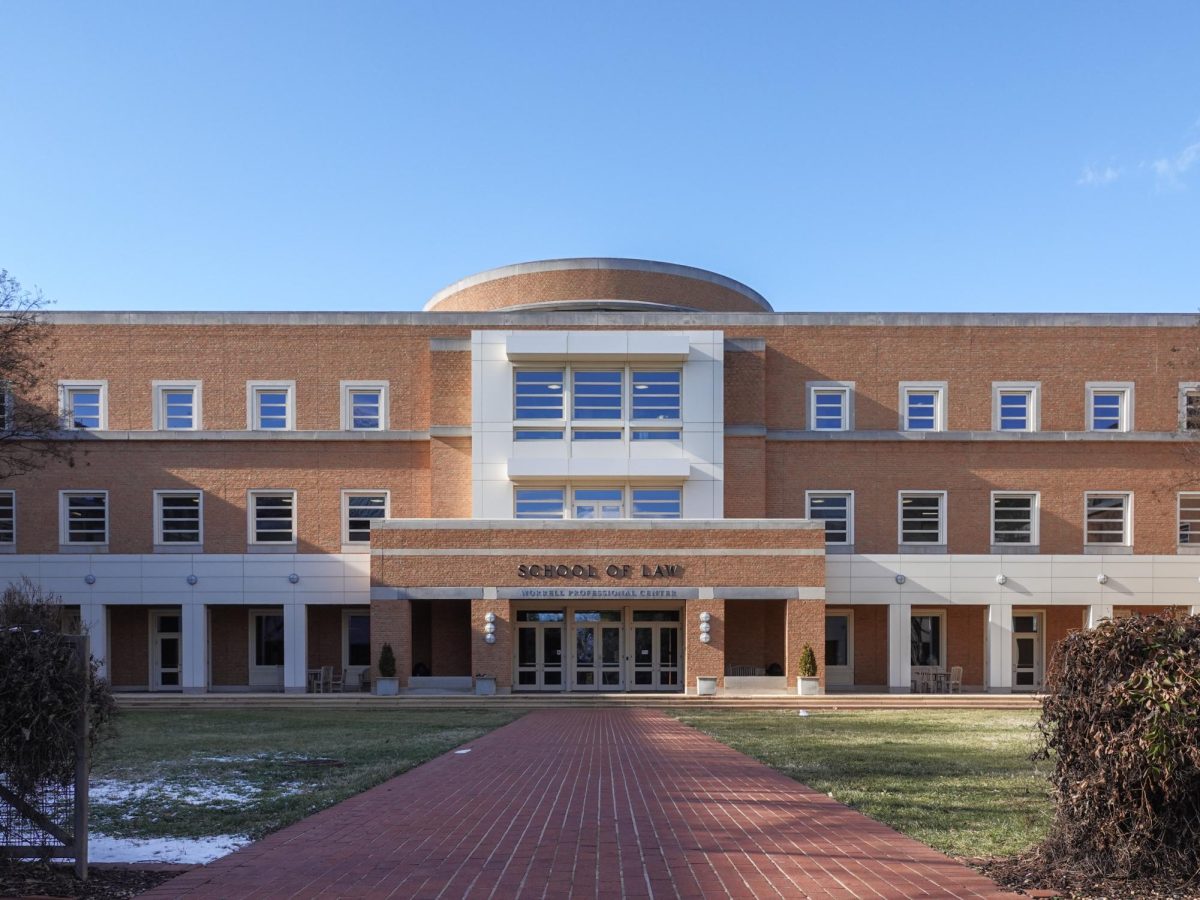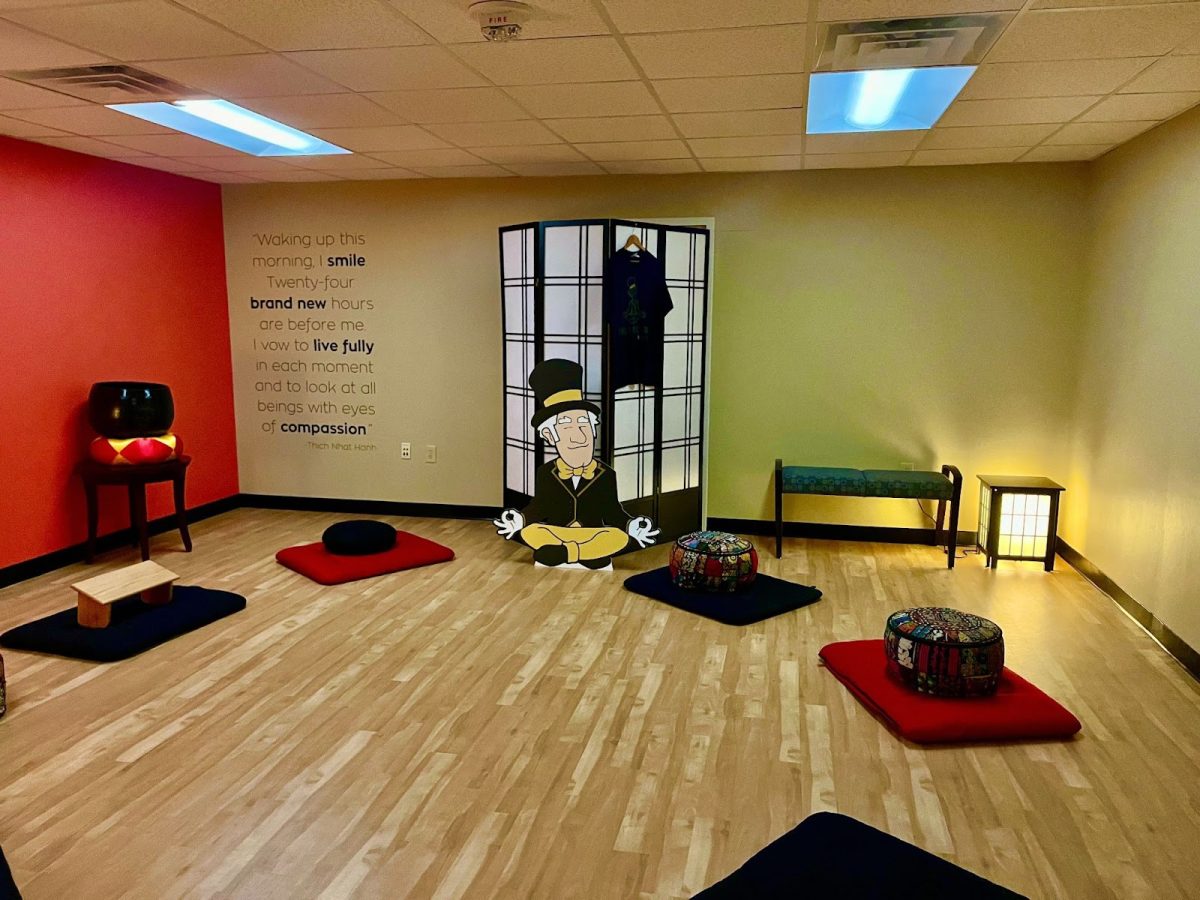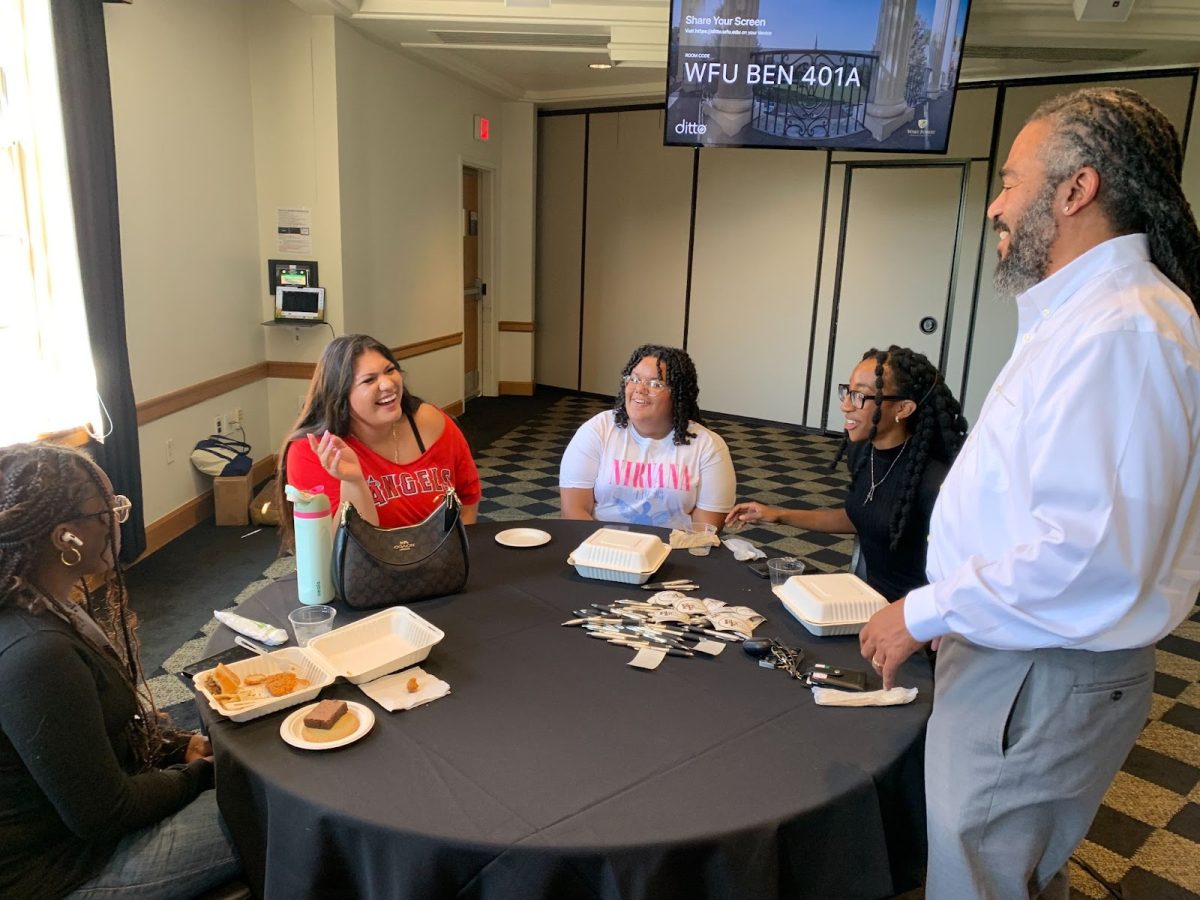As the weather gets warmer and high school students receive college acceptance letters, Wake Forest students commonly see tour groups eagerly walking around campus. Some students are reminded of their own pre-college experiences and their first encounter with Reynolda Campus.
Ambassadors in Admission, also known as tour guides, play a significant role in encouraging prospective students to apply to and attend Wake Forest. These students share information about the university and speak to their own experiences to help high schoolers envision what their life might look like on campus.
Senior Katie Poulton, the president of Ambassadors in Admissions, discussed the different qualities that make a successful tour guide, emphasizing the importance of being approachable and able to connect quickly with visitors. But it’s not all about being friendly. Poulton also shared the importance of being passionate about the university and getting involved on campus.
“It should be evident in your tours how much you love Wake. We also look for guides who are really involved on campus so that you have a lot of different stories and experiences that you’re able to talk about and share.”
The tours are almost entirely student-led and allow them to get involved and share their Wake Forest experience. Sophomore Audrey Jones said it is critical to have tour guides with diverse interests and backgrounds to appeal to a range of students.
“I knew that my tour guides were always an important factor in me liking a school or not liking a school,” Jones said. “You can’t have all the tour guides being a carbon copy of the same person. Because there are so many different types of people who go to [Wake Forest] and different types of prospective students, you want to make sure that each type of prospective student could look at a tour guide and go ‘Wow, that’s me. I could be successful here too.’”
According to Poulton, selling Wake Forest to others encouraged her to reflect on her experience, and reminded her of her journey to attend the University.
“During the semester, it’s just very easy to get wrapped up in the business of being a [Wake Forest] student, the stress of exams and just the exhaustion of being a college student,” Poulton said. “Sometimes I forget how lucky I am to be a student here and how badly I wanted to be here when I was in high school. So giving tours gives me a chance to step back, no matter what’s going on in my day, and reflect on all of my favorite parts about [Wake Forest]. It always makes me so grateful to be here when I see how many students in high school would give anything to be in our position.”
During the training process, tour guides are taught how to adapt to unexpected moments they may face during their tours. They also develop anecdotes to create a unique tour experience.
“Every tour is different, and there are certain unexpected situations or problems that might arise during the tour,” Poulton said. “You have to really think on your feet in terms of how to solve those situations. We definitely do get a lot of unexpected questions or sometimes questions that are challenging to answer.”
Despite the challenges, some more trivial than others, the benefits are evident.
“The walking backwards part is hard for me personally,” Senior Bayla Sheshadri, the vice president of recruitment and engagement for Ambassadors in Admissions, said. “But I really do enjoy it to be honest. I think the benefit far outweighs the cost.”
The advantages of giving tours, apart from resume building or personal reflection, can be seen in the smaller moments: positive comments from families, answering questions, or even seeing someone previously in a tour group later on campus. These rewarding experiences not only shape the future Wake Forest community but enhance the current community as well.
“[Those moments are] really special because I think it shows that we as students are having an impact on making people find their home in the future. And so in that way I think it’s a really special job and something that you don’t really get otherwise.”











